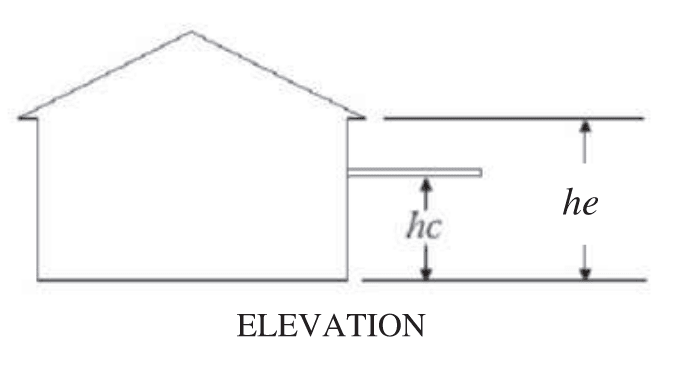engreg
Structural
- Sep 8, 2022
- 33
I have a roof with a large overhang, 12'-15'. In the attached diagram from ASCE 7-16 The value Ps,(pressure from the underside of the overhang)is the wall pressure value from the wall below the over hang. I believe this value is from wind hitting the wall and running upward to continue its path. Does anyone have any justifiable thoughts on how far out to allow the distance to go away from the wall onto the overhang? For a 15ft overhang the values seem excessive, and I wouldn't expect the pressure to effect the overhang as much farther from the building. Any thoughts are helpful.

